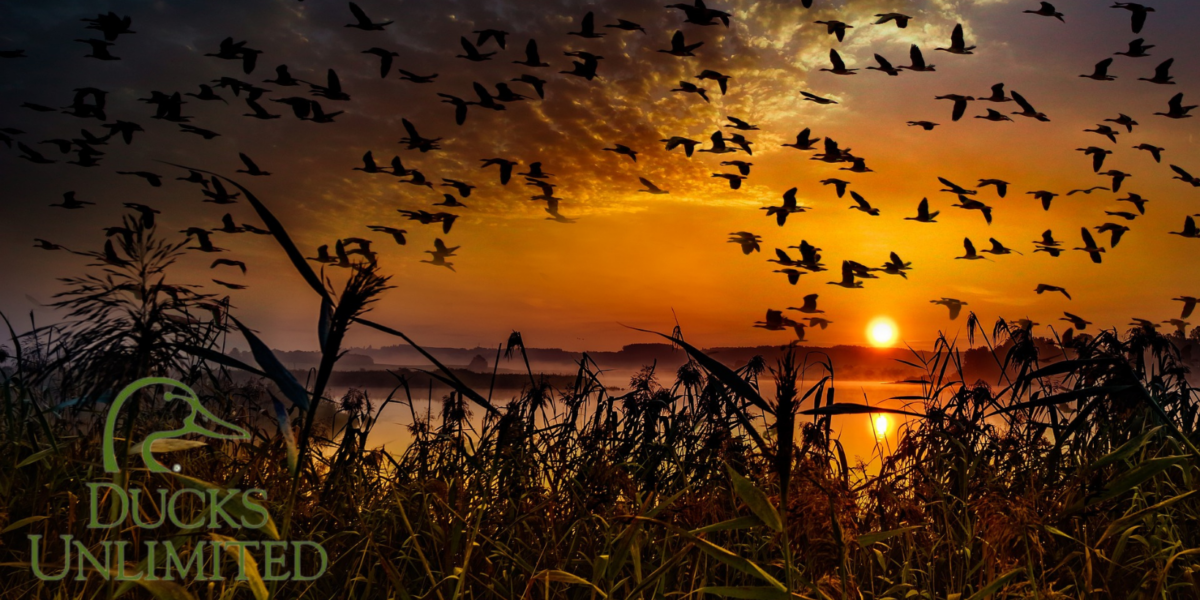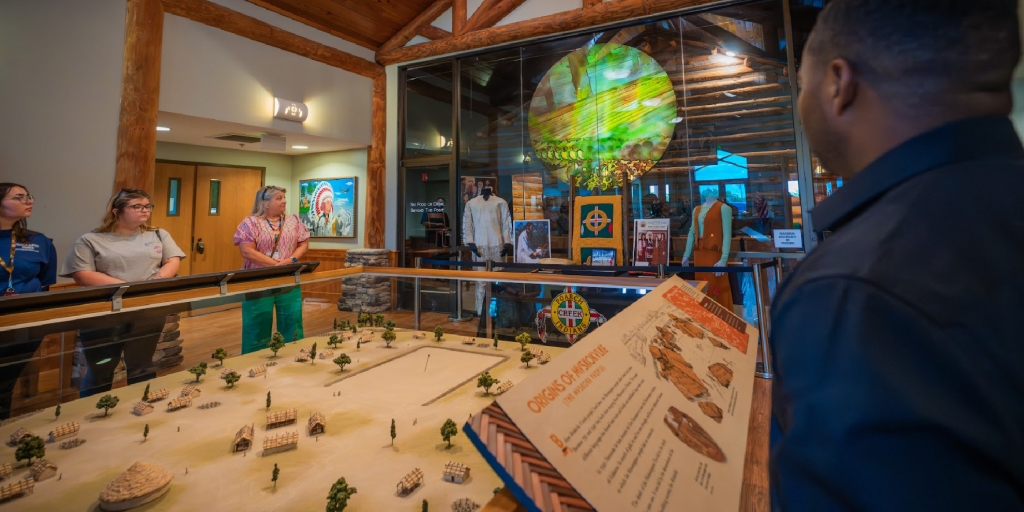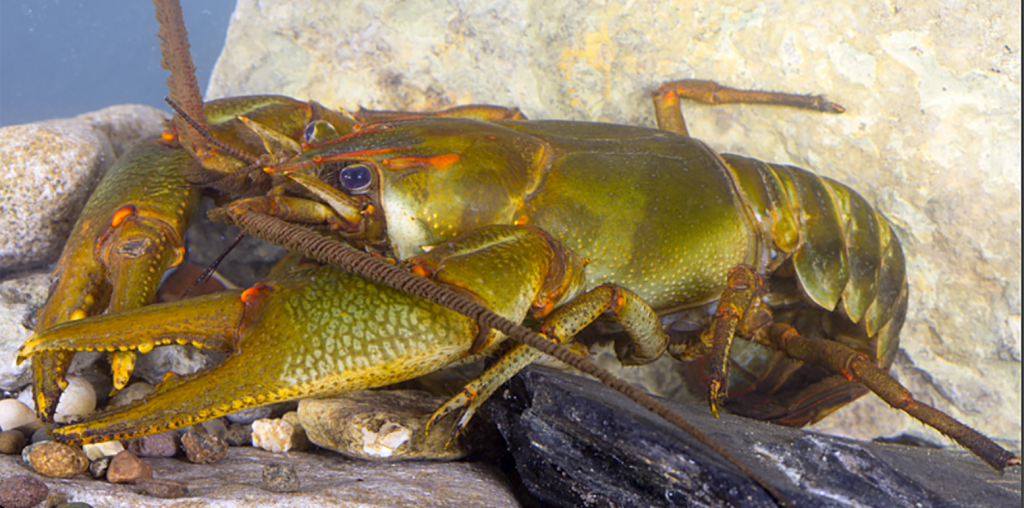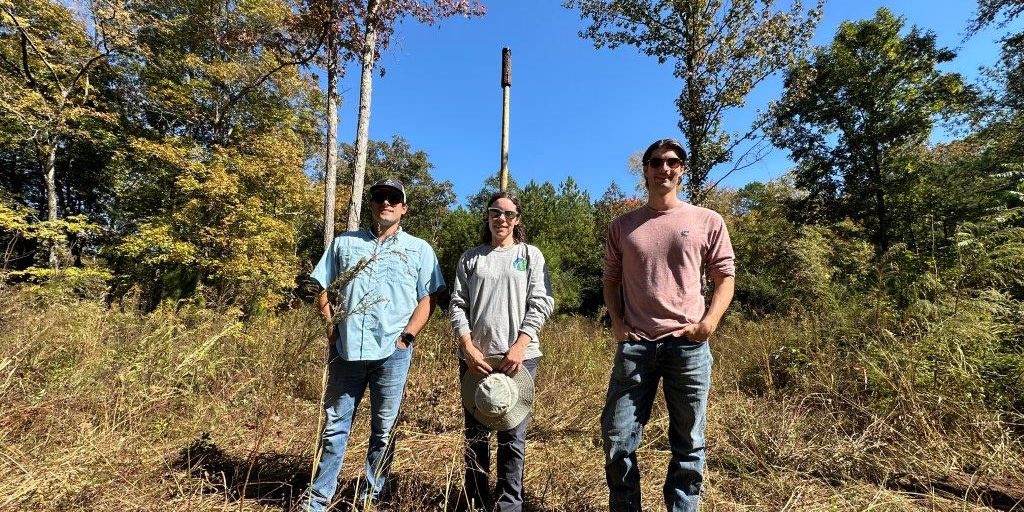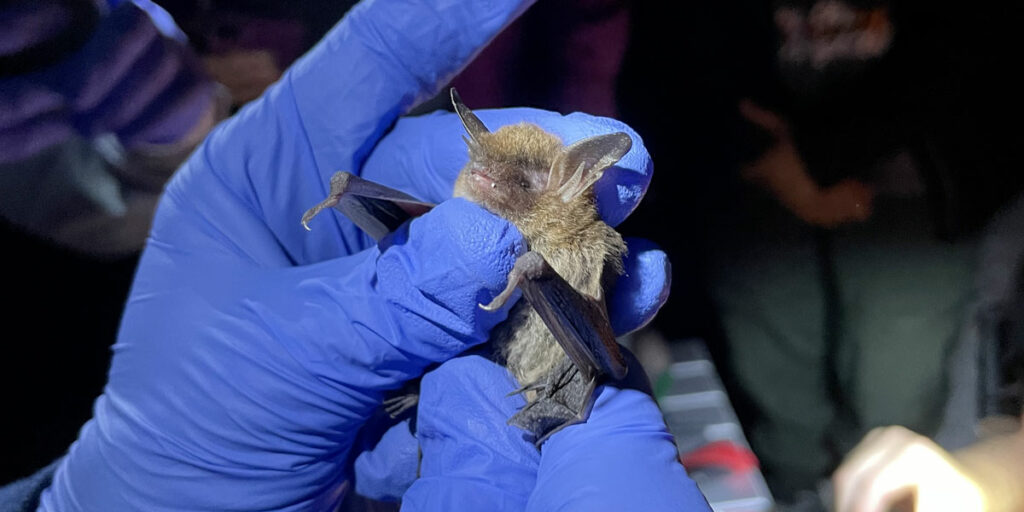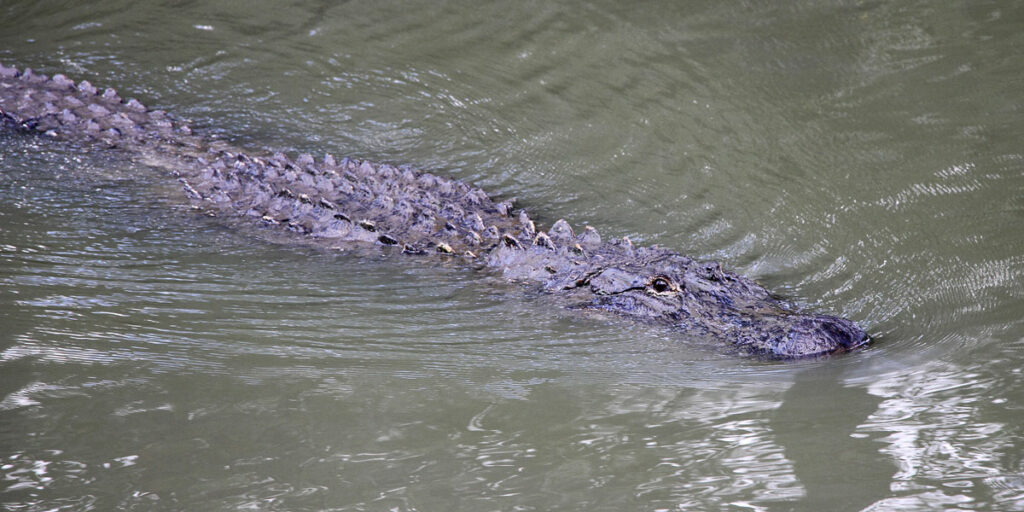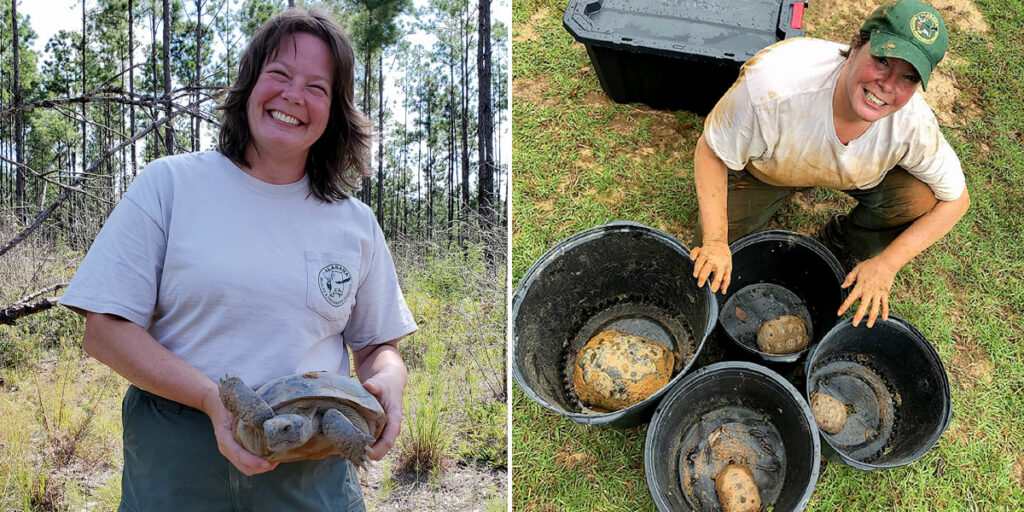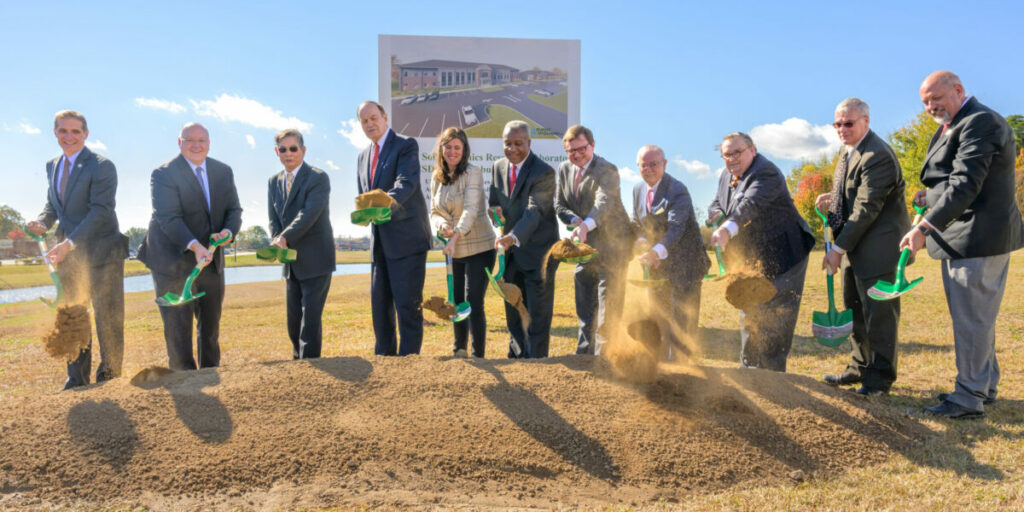While waterfowl population growth is strong, more than half of U.S. bird species are in decline, according to this year’s State of the Birds report.
The data showed birds in the United States are declining overall in every other habitat — forests, grasslands, deserts, and oceans. Some 70 species have been identified at “tipping point,” which means 50% of their current population will be lost in the next 50 years without conservation efforts.
Published by 33 leading science and conservation organizations and agencies, the 2022 U.S. State of the Birds report is the first look at the nation’s birds since a landmark 2019 study showed the loss of 3 billion birds in the United States and Canada in 50 years.
Ducks Unlimited said the report also showed investments in wetland conservation have improved conditions for birds and people.
“This year’s bird report unequivocally affirms the successful model DU launched 85 years ago,” said Ducks Unlimited CEO Adam Putnam. “Waterfowl and other wetland bird species have succeeded where so many other bird populations are in dire straits thanks to the investment of our supporters and the science-based approach of our habitat conservation work.”
Martha Williams, director of the U.S. Fish and Wildlife Service, said, “We want to use the precedent of using grants and joint ventures with regional partners to restore bird populations, conserve habitat, and build a foundation for how we respond to the loss of other bird groups.”
The DU model leans strongly on the support of private citizens and businesses to maintain the habitats on private lands and make public lands accessible for hunting and recreation.
Data show conservation must be stepped up to reverse the biggest declines among shorebirds, down by 33% since 1970, and grassland birds, down by 34%.
Recognizing the need to work at bigger, faster scales, 200 organizations from across seven sectors in Mexico, Canada, the U.S., and Indigenous Nations are collaborating on a Central Grasslands Roadmap to conserve one of North America’s largest and most vital ecosystems—hundreds of million acres of grasslands.
In the wake of this decline, the report emphasizes the need for proactive conservation across habitats and species.
“What affects birds affects us, and birds are telling us they are in trouble,” said Marshall Johnson, chief conservation officer, National Audubon Society. “The State of the Birds Report underscores both the serious threats facing birds as well as opportunities to forge solutions that will benefit birds and the places they need.
“It also shows that what’s good for birds is good for people when it comes to addressing threats like climate change. Ensuring healthy landscapes across our forests, grasslands, wetlands, and more will help protect birds and people alike by storing carbon, providing essential habitat, and building more climate-resilient communities.”
The report advises that meeting the tremendous need will require a strategic combination of partnerships, incentives, science-based solutions, and the will to dramatically scale up conservation efforts.
“Everyone can make a difference to help turn declines around,” said Mike Parr, president of the American Bird Conservancy. “Everyone with a window can use simple solutions to prevent collisions. Everyone can help green their neighborhood and avoid using pesticides that harm birds. Everyone who lives in a neighborhood can bring the issues and solutions to their community and use their voice to take action.”
David Palmore is a contributing writer for Yellowhammer News.




